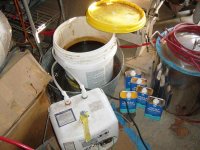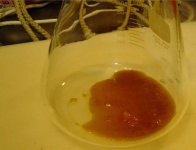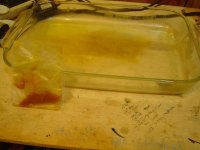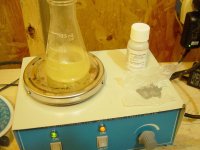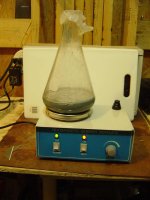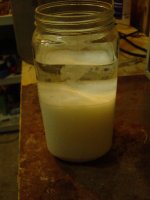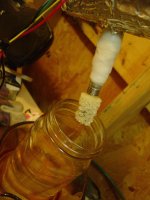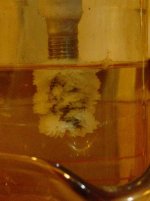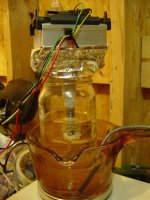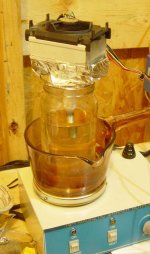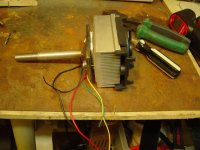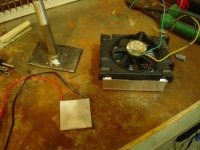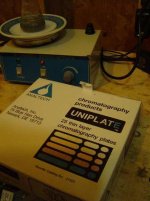foaf
Rising Star
So I had an old extraction that I left that was maybe 90% spent and was gonna throw away, but with mhrb not easy anymore, I decided to work it some more. It was 5 gallons of lye/bark that had sat in the sun to fester for a year. I wanted to experiment with the zinc dust dmt oxide reduction on it, and the zinc dust/formaldehde nmt -> nndmt conversion since who knows what happens in a year in the sun at ph 11. And these teks will possible be helpful with Acacia which is thought to have a lot of NMT and which I am working on a big batch of right now too. The yellow/orange Oil that I got out of it measured 20 grams. None would crystalize. Smelled of DMT. I realize that ther is no reason to know or believe NMT was in here, but ther was reason to believe there was DMT oxide. And I wanted to at least do dry runs of the reactions. Nothing to lose.

